Why You Shouldn’t Dry Silk: Care and Maintenance Tips
Silk is one of the most elegant and luxurious fabrics, but it requires delicate care.
As someone who loves silk blouses and dresses, I’ve learned the hard way that improperly drying silk can lead to disappointing shrinkage, rough texture, and loss of vibrancy.
Through trial and error combined with expert tips, I’ve discovered the proper techniques for drying silks to maintain their integrity and extend their lifespan.
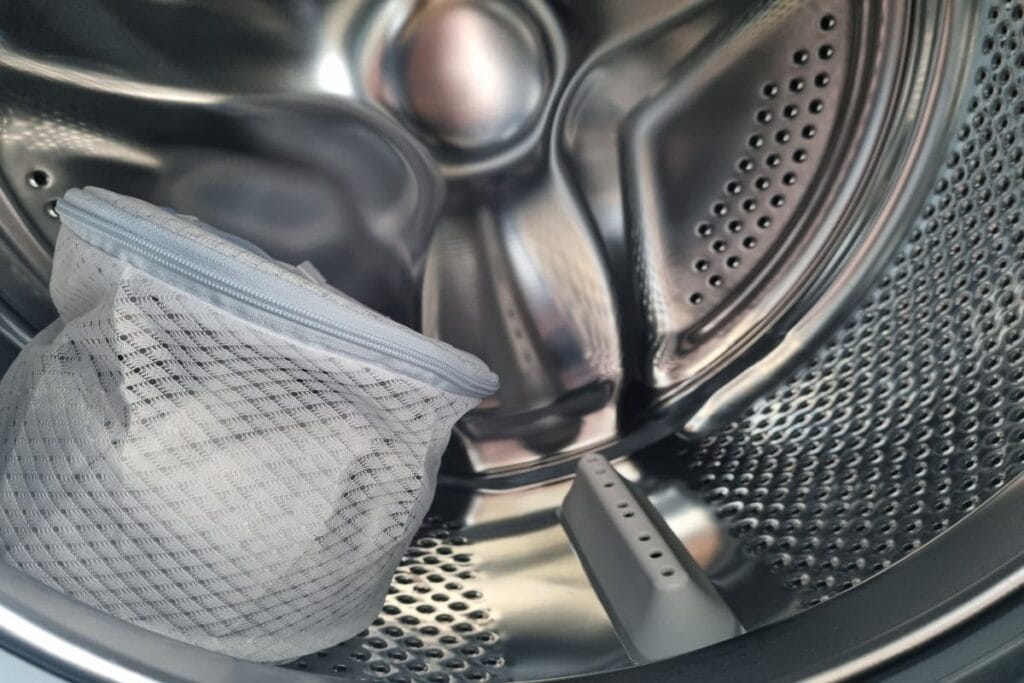
The Inherent Vulnerability of Silk Fabric
Silk has a smooth, soft texture and shiny appearance that feels wonderful against the skin. However, the properties that make silk so appealing also make it prone to damage:
- Silk fibers are very fine and smooth, so they snag and tear easily
- The proteins that make up silk are vulnerable to heat, moisture, sunlight, and mechanical stress
- Silks readily absorb moisture, but uneven drying can lead the fabric to stretch and shrink
Consequently, silk requires gentle handling and care that retains moisture while allowing gradual evaporation.
The Risks of Drying Silk Incorrectly
It may be tempting to speed up silk’s drying time, but improper methods pose many risks:
- Tumbled drying subjects silk to intense heat and friction that damages fibers and causes shrinkage. I ruined a silk camisole this way!
- Machine washing and drying breaks down silk proteins through agitation, heat, and detergents. Say goodbye to that silk sheen!
- Even hanging drying outdoors can promote uneven drying, sun damage, and discoloration. One of my silk scarves bleached out from too much sun exposure.
I’ve mastered the art of washing and drying silk safely, and it’s been a game-changer for my silk collection.
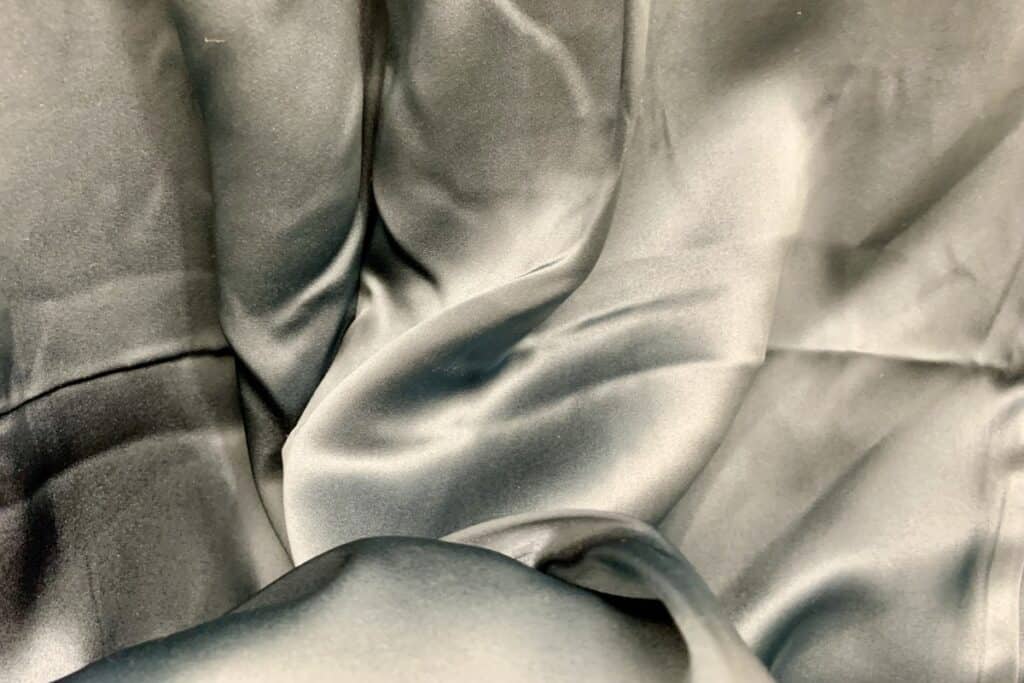
To demonstrate why machine drying wreaks havoc on silk, here’s a before-and-after table of three silk items:
| Item | Before Drying | After Machine Drying |
| Blue silk blouse | Vibrant royal blue color, smooth and shiny texture | Faded to dull grayish blue, texture rough and frizzy |
| Floral silk dress | Bright floral print with sharp defined edges | Floral design blurred and bled together, uneven shrinkage |
| Champagne silk skirt | Rich tone with a subtle sheen | Significantly shrunk with an irregular hem, sheen completely lost |
Yikes! As you can see, putting silk in the dryer ruins the color, print quality, texture, shape, and drape that make it special.
Consequences of Improper Drying
So what exactly happens when silk undergoes heat and friction stress? The protein fibers that form silk’s delicate structure become damaged and degraded:
- Shrinkage occurs as heat and motion cause the fibers to tangle and bind together
- Color loss happens as dyes leach out and fade
- Rough texture develops as broken filaments clump and fray
- The shape becomes distorted due to uneven shrinkage
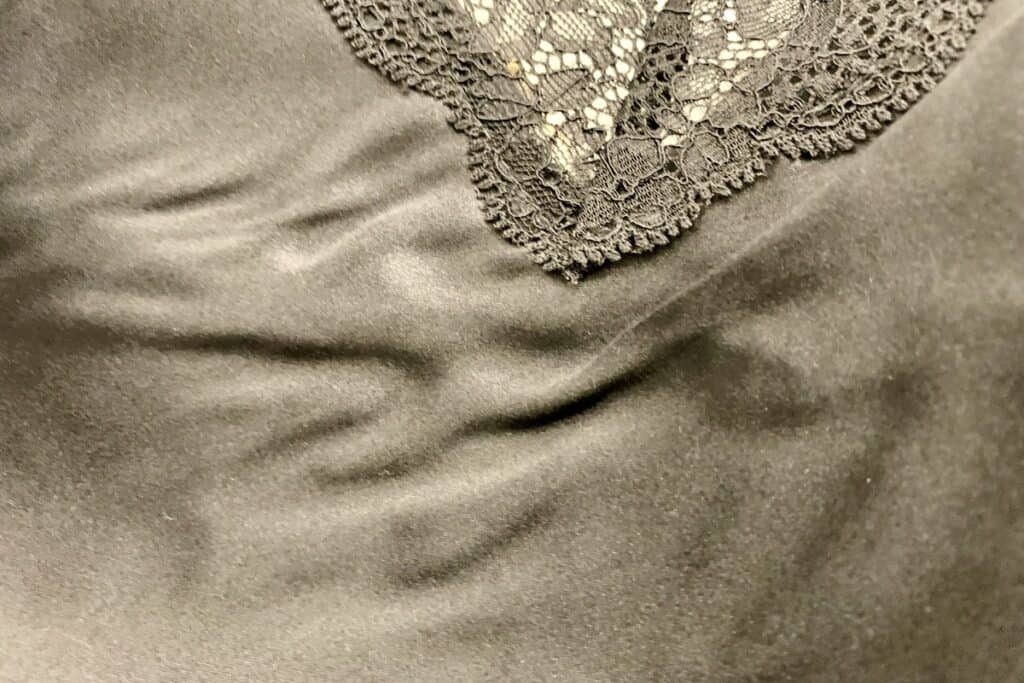
Additionally, excess heat from tumble drying or direct sunlight actually burns the protein fibers in silk! This chemical change weakens silk and accelerates wear over time.
To sum it up, improper drying techniques create irreversible damage to silk. The fabric ends up several sizes smaller, its sleek drape replaced by stiffness.
Colors fade to dull muted tones while vibrant prints lose clarity. And luster gives way to a rough, frizzy texture. What a disappointing fate for such a treasured textile!
Delving into whether heat truly ruins silk gave me a deeper understanding of how to care for this delicate fabric.
Best Practices for Drying Silk
Now that you know what not to do, here are the recommended methods to safely dry your silk items:
- Lay flat to air dry out of direct light. This allows moisture to evaporate slowly without heat damage. Place silk garments between towels to absorb excess moisture. Rotate periodically so no section stays wet too long.
- Use a drying rack or clothesline indoors. The ventilation enables drying while controlling temperature and sunlight exposure.
- If in doubt, take silks to a professional dry cleaner! Some delicate specialty items require expert handling.
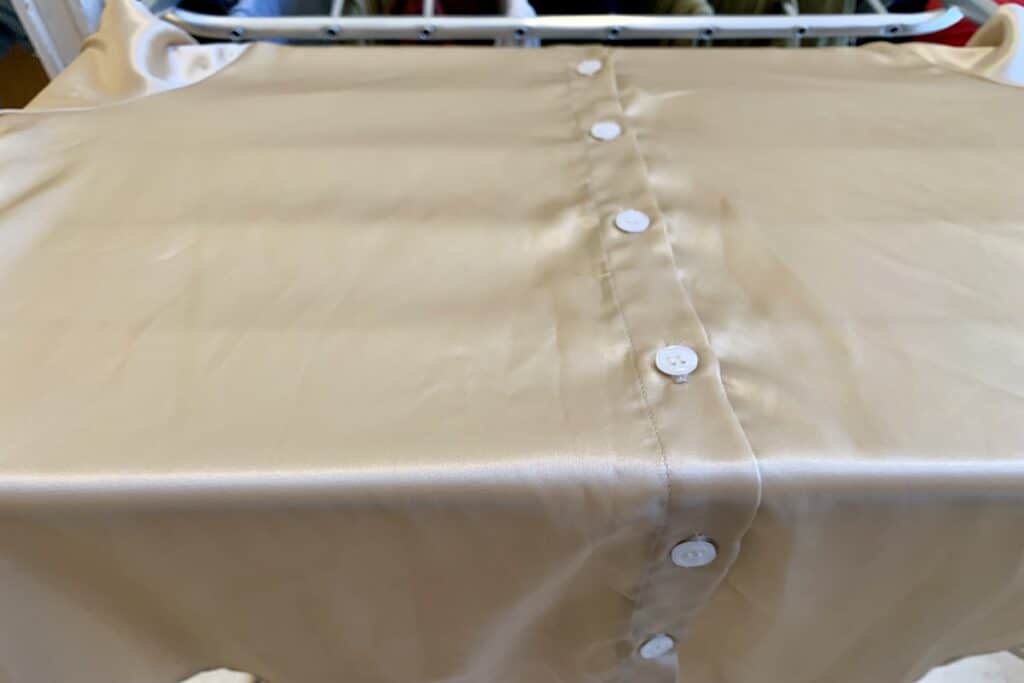
Essentially, the keys are maintaining a gradually evaporating light moisture level without external stressors. This preserves the integrity of silk’s fibers and structure.
While it takes more time than machine drying, the payoff is keeping your silk looking luminous and feeling luxurious for many wears to come.
Those hastily dried silk blouses balled up in my drawer are a constant reminder to respect silk’s delicacy!
Comparative Drying Methods for Silk vs. Common Fabrics
For a better understanding, here’s a comparison of how silk should be dried versus other common fabrics:
| Fabric Type | Recommended Drying Method | Notes |
| Silk | Lay flat to air dry out of direct light. Use towels to absorb excess moisture and rotate to prevent uneven drying. | Avoid direct sunlight and heat sources to prevent damage and maintain sheen. |
| Cotton | Tumble dry on a low heat setting or air dry on a clothesline. | Cotton can handle more heat than silk, but over-drying may lead to shrinkage. |
| Wool | Lay flat to air dry away from direct sunlight and heat. | Wool can stretch or shrink with improper drying, so avoid hanging while wet. |
| Polyester | Tumble dry on a low setting or air dry. | Polyester is resilient but can generate static and should not be over-dried. |
| Linen | Air dry on a flat surface or hang dry in a well-ventilated area. | Linen dries quickly and can withstand sunlight better than silk. |
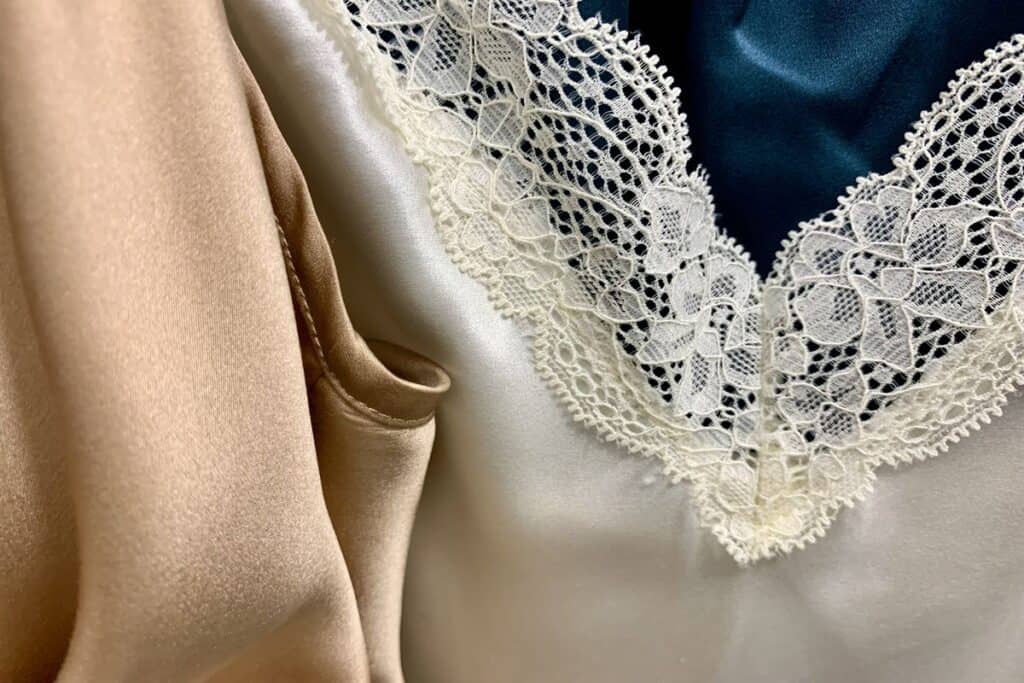
Fixing Silk After Drying
What if your silk garment accidentally ends up machine-dried? Don’t panic – some remedial steps can restore silk’s supple drape and minimize damage:
- Steam the fabric while gently pulling and smoothing to relax fibers.
- Use silk-specific conditioner to reduce frizzing and nourish stressed fibers.
- For prints and darker colors, set the washed item on a flat towel and iron on medium heat inside out. Check often to avoid scorching! This helps colors set and flatten distorted prints.
- For whites and pastels, skip the ironing since heat can still cause yellowing. Instead have items professionally cleaned to extract embedded detergent and prevent color changes over time.
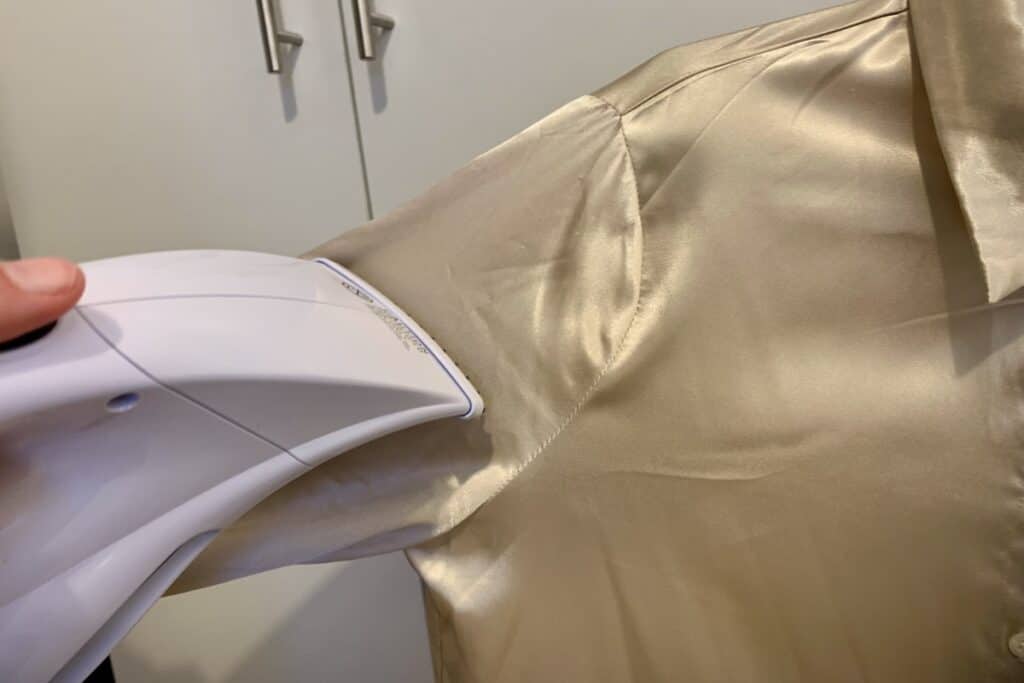
Through careful drying and post-wash conditioning, silk can recover surprisingly well from minor drying mishaps.
But repeatedly improper drying takes a cumulative toll, so it’s best to start practicing preventative care measures for your precious silks.
Prevention Is Key
Drying silk correctly is just one facet of keeping it lovely for the long term. Here are proactive steps you can take to maintain silk:
- Have silks professionally cleaned 2-3 times per year to remove embedded dirt and body oils that degrade silk over time.
- Store off-season silk properly by cleaning items first and using breathable garment bags.
- For white silks prone to yellowing, add non-chlorine bleach to handwash water or have pieces dry cleaned.
- Use silk-specific wash products and fabric conditioners when cleaning at home. Avoid regular detergents.
- Invest in mesh laundry bags for delicate cycles to prevent snagging and tearing.
- Line drying silks? Flip periodically and finish indoors or in the shade to prevent uneven sun exposure.
- Read clothing labels carefully – “dry clean only” means no exceptions for silk!
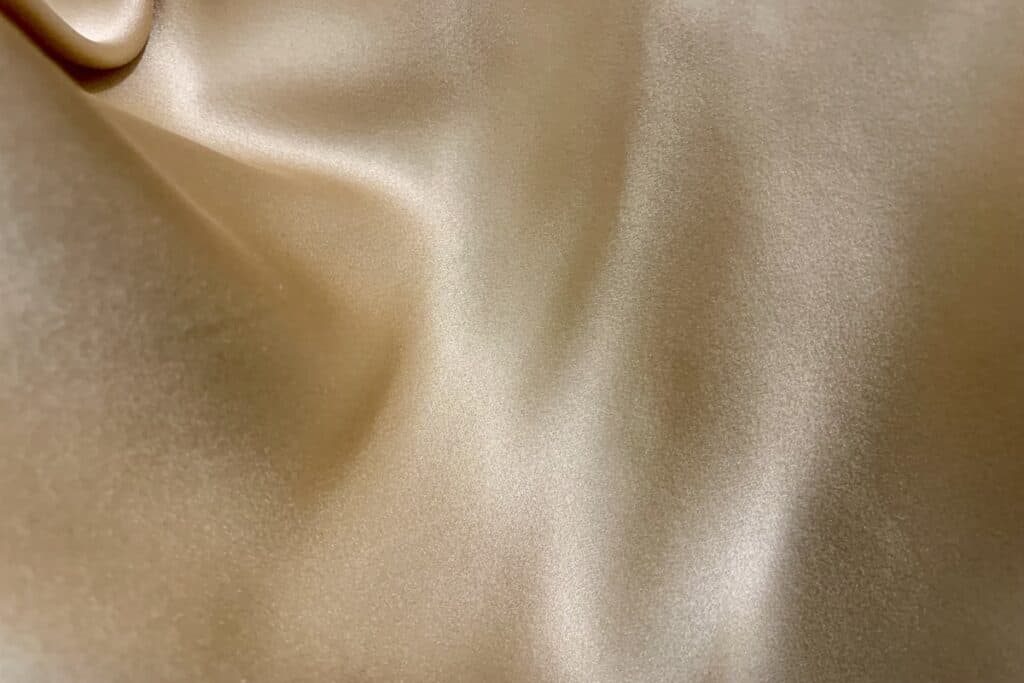
How Can I Speed Up the Drying Time for Silk?
It’s better not to speed up silk’s drying time. Rushing the process risks uneven moisture evaporation which can shrink or warp silk.
Exercise patience and allow the silk to slowly dry flat without external heat or airflow. The integrity of the fabric should be the priority over drying time.
How Will I Know If a Silk Item Is Too Delicate for At-Home Drying Methods?
Very lightweight silks like charmeuse or extremely ornate embellished silks may require specialty dry cleaning instead of being hand washed.
The fabric may be too fragile to undergo pinning, stretching, and manipulation required for shape retention during flat air drying. If in doubt, have it professionally cleaned.
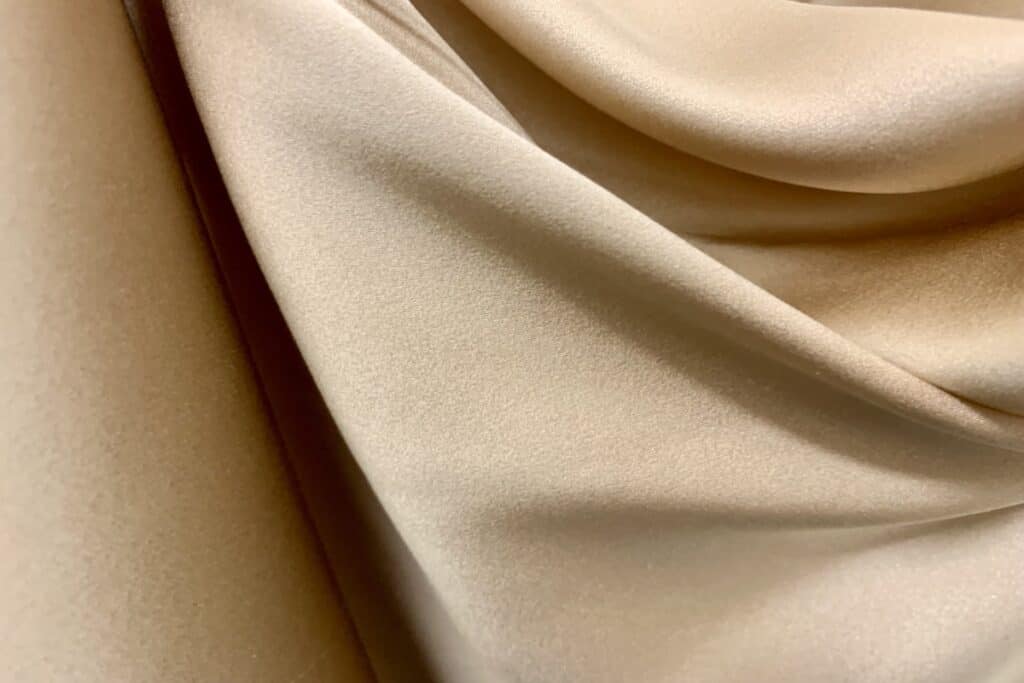
Can I Put Silk in Front of a Dehumidifier to Accelerate Drying Time?
No, silk should not be dried in front of a dehumidifier. The airflow and moisture extraction can still stress and distort knitted silks.
Lay flat to dry instead. Stuff with acid-free tissue paper instead of hanging to prevent stretching the knit fabric out of shape.
My Silk Formal Gown Got Splashed at an Event. I’m Worried Air Drying Will Take Too Long and It Will Mildew. What Should I Do?
Blot any excess liquid from the silk immediately to prevent saturation and weigh down the fabric.
Lay the gown flat on several absorbent white towels, replacing damp towels with dry ones frequently to wick moisture.
Direct a fan above it, not blowing directly on the gown to avoid fiber stress. This will air dry the affected section faster while minimizing the risk of water marks.
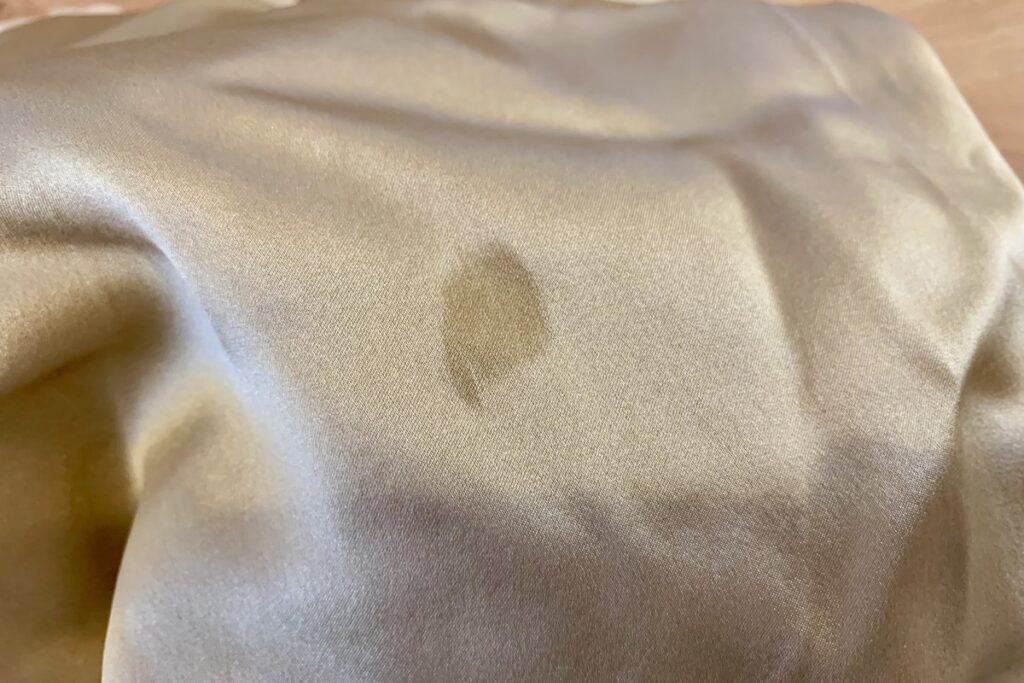
Cherish Your Silks with Proper Care
As one of the most elegant yet fragile fabrics, silk rewards those willing to invest proper care into its cleaning and storage.
Respect its vulnerabilities and it will remain a cherished treasure in your wardrobe for years.
Let my lessons steer you away from common pitfalls like haphazard drying methods or improper detergent use.
With preventative maintenance, your silk will retain its luminous sheen and graceful drape every time you wear it.
